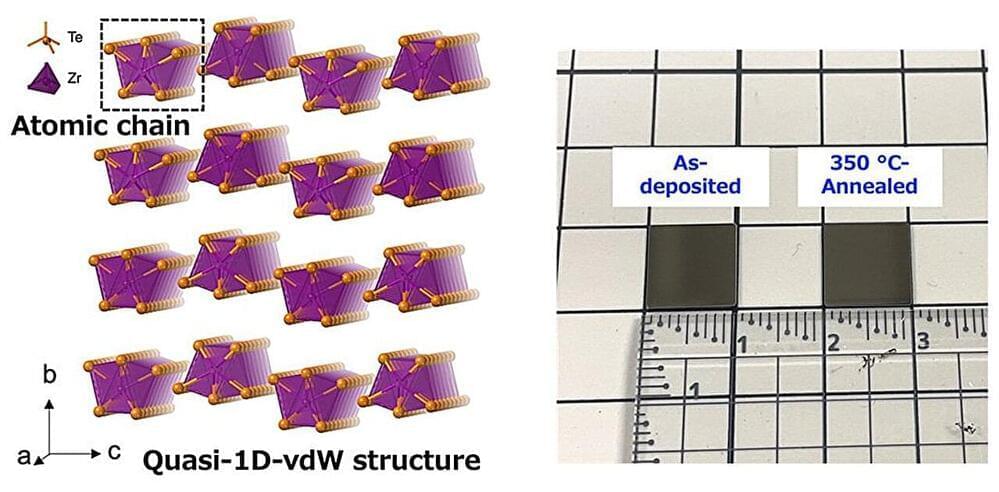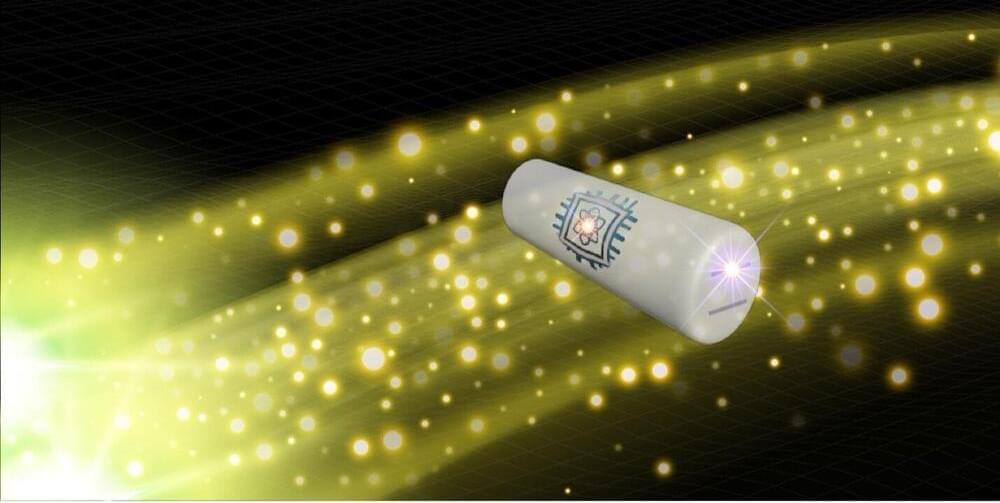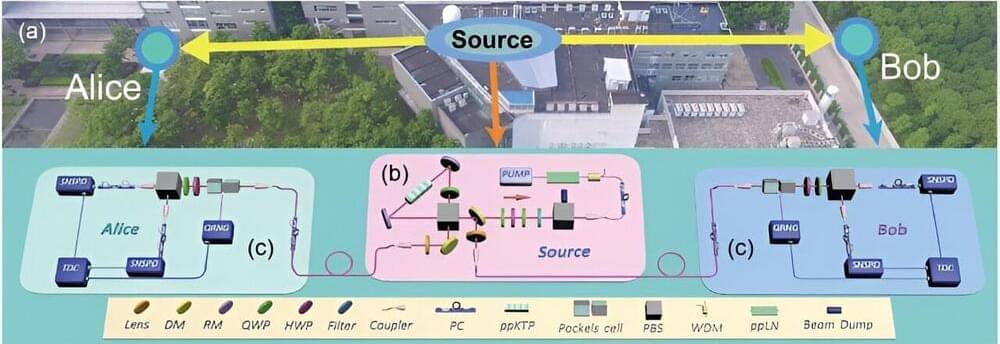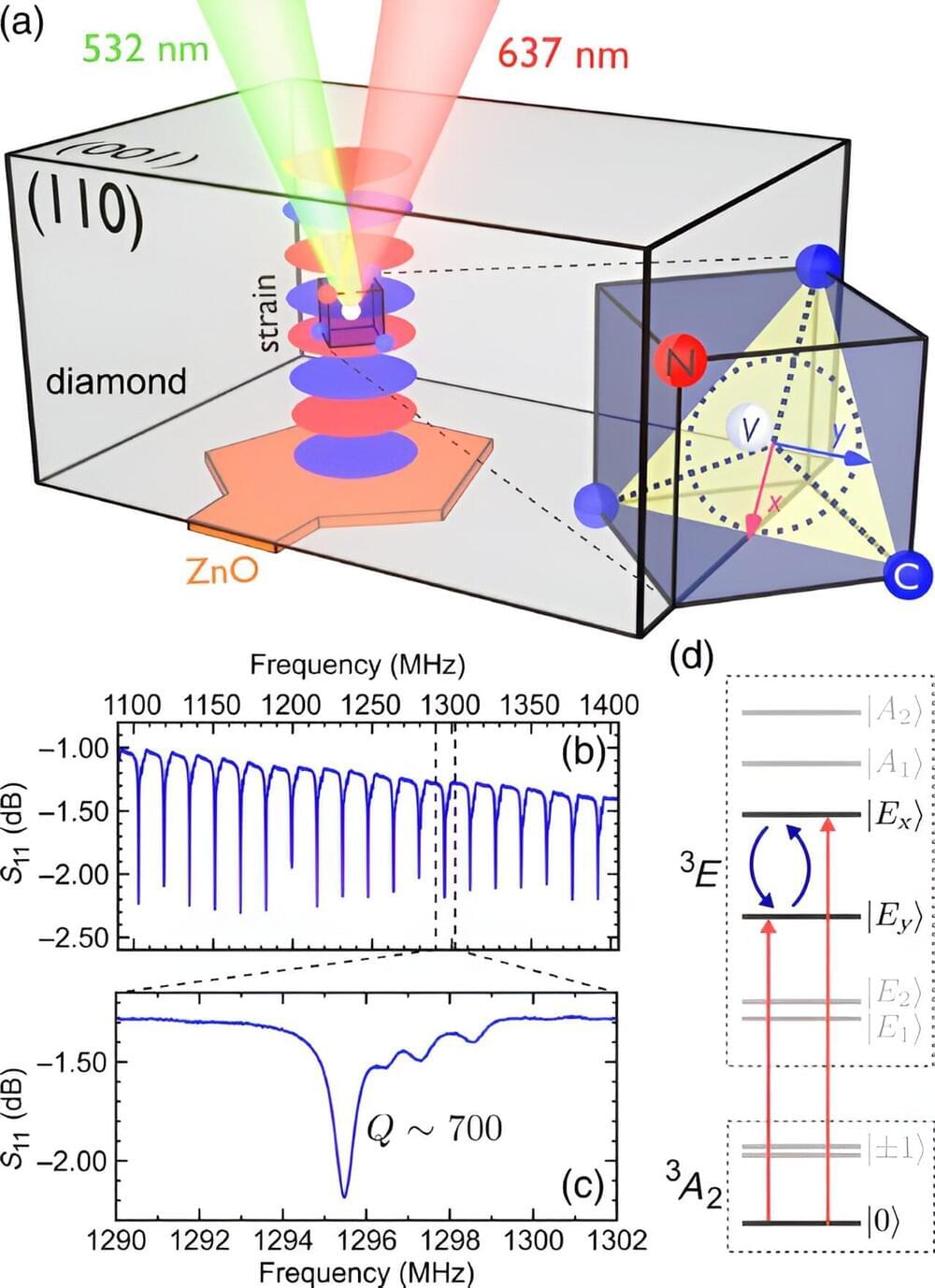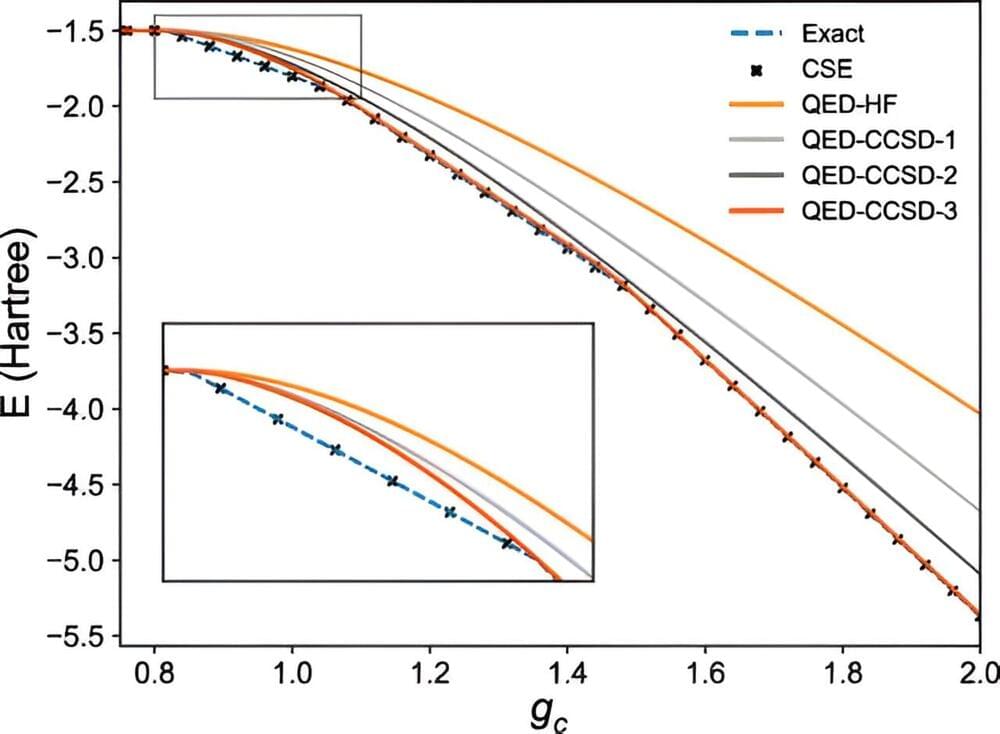Aug 28, 2024
D-Wave’s Quantum Computer Serves as Brains Behind Study That Connects Neural Activity to Academic Performance
Posted by The Neuro-Network in categories: computing, education, information science, neuroscience, quantum physics
The study, published by a multi-institutional team of researchers…
Researchers used D-Wave’s quantum computing technology to explore the relationship between prefrontal brain activity and academic achievement, particularly focusing on the College Scholastic Ability Test (CSAT) scores in South Korea.
The study, published by a multi-institutional team of researchers across Korea in Scientific Reports, relied on functional near-infrared spectroscopy (fNIRS) to measure brain signals during various cognitive tasks and then applied a quantum annealing algorithm to identify patterns correlating with higher academic performance.

